 2009 Peugeot iOn Dimensions, Size & Specs
2009 Peugeot iOn Dimensions, Size & SpecsMeasurements of the 2009 Peugeot iOn, engineered for optimal performance and comfort
| Dimensions | |
|---|---|
| Length: | 3475 mm136.8 in11.4 ft |
| Width: | 1475 mm58.1 in4.8 ft |
| Width (Folded Mirrors): | 1594 mm62.8 in5.2 ft |
| Width (Opened Mirrors): | 1792 mm70.6 in5.9 ft |
| Height: | 1608 mm63.3 in5.3 ft |
| Trunk Capacity: | 166 liter5.9 cu ft |
| Weight Specifications | |
| Curb Weight: | 1065-1120 kg2348-2469 lbs |
| Maximal permitted Weight: | 1450 kg3197 lbs |
| Roof Load: | 43 kg95 lbs |
| Tire Specifications | |
| Rims Sizes: | 15-inch rims:
|
| Tire Sizes: |
|
The Peugeot iOn, produced from 2009 to 2020, is a compact all-electric hatchback designed primarily for urban mobility. Its small footprint makes it an ideal choice for city driving, featuring a length of 3475 mm (137 inches), a width of 1475 mm (58 inches) excluding mirrors, and 1594 mm (63 inches) with folded mirrors. When the mirrors are open, the width extends to 1792 mm (70.5 inches). Standing at a height of 1608 mm (63.3 inches), the iOn offers a surprisingly spacious cabin relative to its compact exterior dimensions. Weighing between 1065 and 1120 kilograms (2349 to 2469 pounds) curb weight, it is lightweight for an electric vehicle, contributing to efficient energy consumption and maneuverability. The iOn supports a maximum authorized weight of 1450 kg (3197 pounds). Storage practicality is modest with a luggage capacity of 166 liters (5.9 cubic feet), suitable for daily errands and light travel. The vehicle supports a roof load of up to 43 kilograms (95 pounds), allowing additional cargo options for lightweight items. It rides on 15-inch rims, available in sizes 5J x 15 and 4J x 15, and comes fitted with tire sizes 175/55 R15 and 145/65 R15, balancing ride comfort and city performance. The design prioritizes eco-friendly urban transport with zero tailpipe emissions, compact dimensions for easy parking, and innovative electric drivetrains typical of its generation. Overall, the Peugeot iOn stands out as a practical, efficient, and environmentally conscious choice for city dwellers seeking a nimble electric hatchback.
Discover the standout features that make the 2009 Peugeot iOn a leader in its class
Have a question? Please check our knowledgebase first.
The Peugeot iOn produced from 2009 to 2020 has a compact size ideal for urban driving. It measures 3475 mm (approximately 137 inches) in length, 1475 mm (58 inches) in width without mirrors, which extends to 1594 mm (62.7 inches) with folded mirrors, and 1792 mm (70.5 inches) with opened mirrors. The height stands at 1608 mm (63.3 inches). These dimensions help make it convenient for maneuvering through tight spaces and parking in congested city areas while offering a high roofline for an airy cabin feel.
The Peugeot iOn's width is notably affected by the position of its side mirrors. With mirrors folded, the car is 1594 mm (62.7 inches) wide, whereas with mirrors opened, it extends to 1792 mm (70.5 inches). The ability to fold mirrors makes the car easier to park in narrow spaces and tight garages. This flexibility is useful in urban environments where space is limited, improving convenience without sacrificing visibility when driving.
Yes, the Peugeot iOn's compact dimensions facilitate fitting into a standard garage. With a length of 3475 mm (137 inches) and a width of 1475 mm (58 inches) excluding mirrors, it comfortably fits inside most single-car garages, which typically have widths upwards of 2400 mm (94.5 inches) and lengths around 4800 mm (189 inches) or more. However, you should consider the total width with opened mirrors of 1792 mm (70.5 inches) for ease of entry and exit. Folding mirrors further improve the fit in tighter garages.
The Peugeot iOn offers a luggage capacity of 166 liters, which is relatively modest compared to other city hatchbacks. This is typical for small electric vehicles focused on urban use, where efficiency and size constraints limit cargo space. For example, some conventional gasoline-powered city hatchbacks offer between 200 to 300 liters of cargo space. The iOn’s compact size thus prioritizes maneuverability and electric efficiency over large cargo volume, suitable for daily commutes and short trips requiring minimal luggage.
The curb weight of the Peugeot iOn ranges from 1065 to 1120 kilograms (2348 to 2469 pounds), which reflects the base mass of the vehicle including standard equipment but without passengers or cargo. The maximum permissible weight (gross vehicle weight) is 1450 kilograms (3197 pounds), indicating the total allowed weight including passengers, cargo, and the vehicle itself. The relatively light curb weight helps the electric motor achieve better efficiency and range, while the max weight ensures safe operation when fully loaded.
The Peugeot iOn has a roof load capacity of 43 kilograms (95 pounds). This means you can safely mount roof racks or carriers to transport additional items such as bicycles, luggage boxes, or sports equipment. However, 43 kg is a modest limit, reflecting the vehicle's lightweight design and focus on efficiency. Overloading the roof can affect vehicle stability and energy consumption, so it’s important to adhere to this limit and distribute weight evenly for safe driving.
The Peugeot iOn comes with 15-inch rims, specifically 5J x 15 at the front and 4J x 15 on certain versions, paired with tire sizes 175/55 R15 or 145/65 R15 depending on the configuration. These medium-small tires balance good road grip with efficiency and ride comfort. Compact tires reduce rolling resistance, which benefits electric vehicle range while maintaining adequate traction and maneuverability, crucial for stop-and-go urban traffic and tight cornering.
The Peugeot iOn was actually one of the first production electric vehicles launched by Peugeot, debuting in 2009 as part of a joint collaboration with Mitsubishi. There was no direct predecessor model from Peugeot itself; the iOn shares its platform and design with the Mitsubishi i-MiEV. This generation was among the pioneers in small urban electric vehicles, so it set a benchmark with its compact dimensions, lightweight design, and electric-only powertrain, unlike older small gasoline or diesel hatchbacks.
The Peugeot iOn shares nearly identical dimensions with its badge-engineered siblings, the Mitsubishi i-MiEV and Citroën C-Zero. All measure around 3470 mm in length, approximately 1470 mm in width, and about 1600 mm in height, reflecting the shared platform and design under the Mitsubishi i platform. These cars are among the smallest electric vehicles, offering similar cargo space, curb weights, and roof load capacities, all optimized for efficient urban mobility with comparable compactness and practicality.
Despite its compact external dimensions, the Peugeot iOn maximizes interior space with a tall hatchback design and upright seating position made possible by its 1608 mm (63.3 inches) height. The cabin can comfortably seat four adults, offering adequate headroom and a surprisingly spacious feel for such a small footprint. The trade-off comes with limited rear legroom and cargo space, typical in city-specific electric vehicles. The focus is more on electric efficiency and urban usability over outright spaciousness.
Discover similar sized cars.
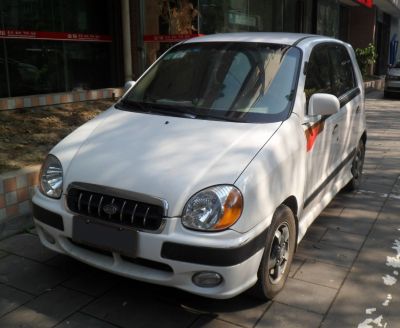
| Production: | 2000-present |
|---|---|
| Model Year: | 2000 |
| Length: | 3495 mm137.6 in |
| Width: | 1495 mm58.9 in |
| Height: | 1580 mm62.2 in |
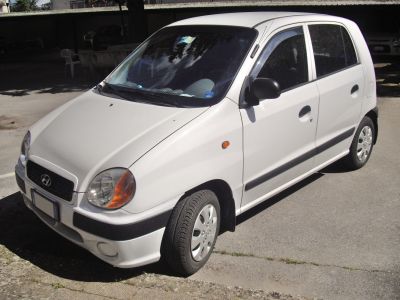
| Production: | 1999-2008 |
|---|---|
| Model Year: | 1999 |
| Length: | 3495 mm137.6 in |
| Width: | 1485-1495 mm58.5-58.9 in |
| Height: | 1580 mm62.2 in |
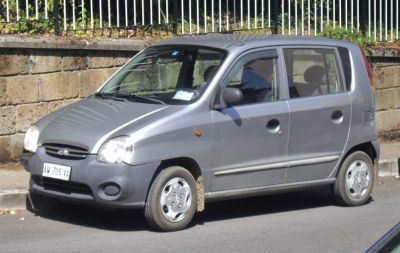
| Production: | 1997-2008 |
|---|---|
| Model Year: | 1997 |
| Length: | 3495 mm137.6 in |
| Width: | 1495 mm58.9 in |
| Height: | 1615 mm63.6 in |
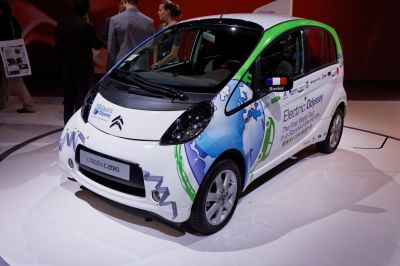
| Production: | 2009-2020 |
|---|---|
| Model Year: | 2010 |
| Length: | 3480 mm137.0 in |
| Width: | 1792 mm70.6 in |
| Height: | 1610 mm63.4 in |
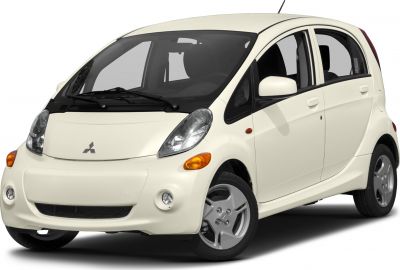
| Production: | 2009-2020 |
|---|---|
| Model Year: | 2009 |
| Length: | 3475 mm136.8 in |
| Width: | 1855 mm73.0 in |
| Height: | 1610 mm63.4 in |
